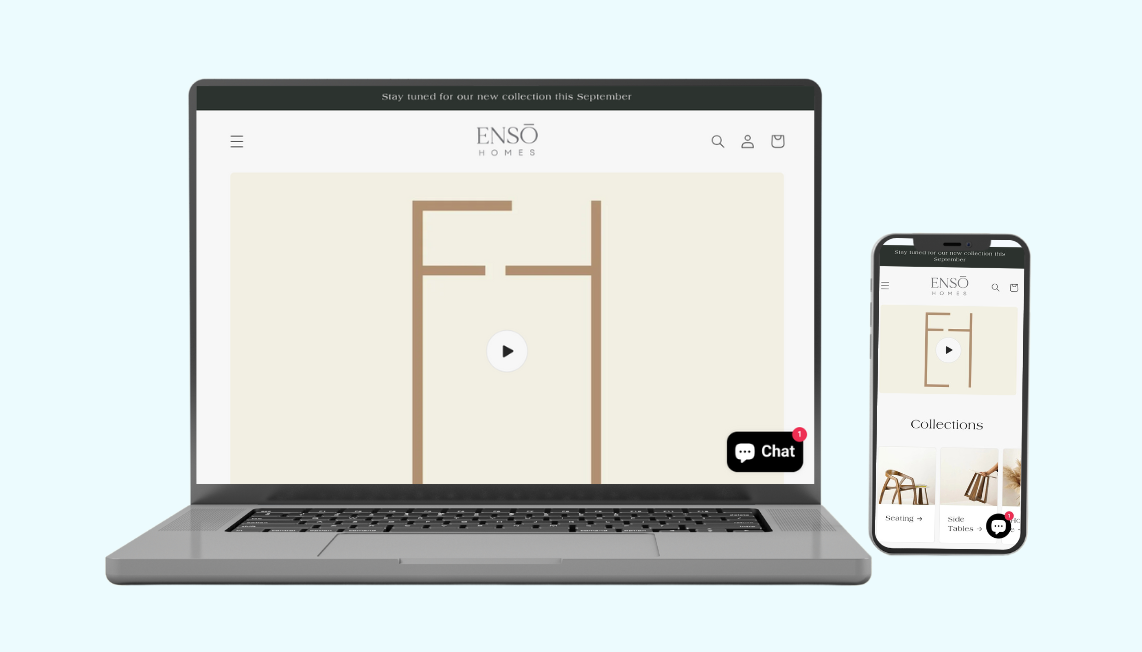Average Order Value (AOV) is a key ecommerce metric that measures the average amount spent each time a customer places an order. This calculation divides total revenue by the number of orders over a specific time period. AOV analysis helps businesses understand purchasing behavior and evaluate the effectiveness of pricing strategies | merchandising tactics | and promotional efforts.
AOV serves multiple strategic purposes including forecasting revenue projections | setting marketing budgets | evaluating cross-selling and upselling initiatives | assessing product bundling effectiveness | and comparing performance across time periods | customer segments | or acquisition channels. The metric directly impacts profitability as increasing AOV often improves margin efficiency by spreading fixed costs across higher transaction values.
Digital marketers employ various strategies to increase AOV including product bundling | volume discounts | free shipping thresholds | cross-sell recommendations | strategic upsells | loyalty programs | and tiered pricing models. Effective measurement involves tracking AOV alongside related metrics including conversion rate | customer acquisition cost | and lifetime value. While maximizing AOV represents a common goal marketers must balance this objective with conversion optimization as strategies that increase average order amounts sometimes reduce overall purchase frequency.
























Michael Smith
-